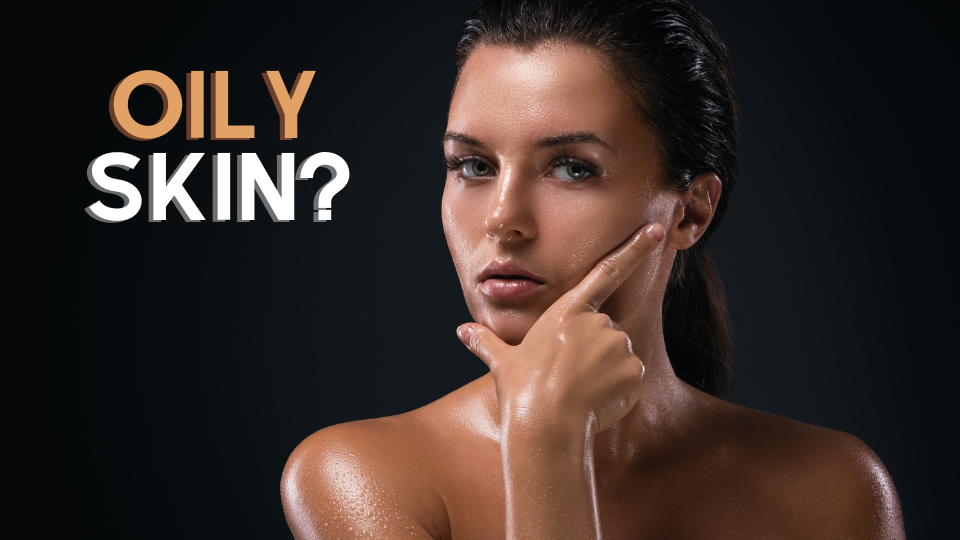The evolution of face treatments: From palaces to dermafacials
.jpg)
Facials and treatments designed to provide targeted results on facial skin have a long history. It is now well known that ancient Egyptians and even ancient Indians had beauty regimens where they mostly used natural ingredients. Henna for hair, honey & milk for the skin and moringa oil to fight aging are just some of the methods that were used.

If, on the other hand, we were to look for some treatments closer to modern day facials, then 16th Century Europe may be the right place to search. It is at this time that women became obsessed with how their facial skin (specifically) looked. It had become a sudden trend and fashion to have pale skin that seemed untouched by the sun. Such a pale face was meant to represent a higher social stature and class. It is under these circumstances that facials using white lead and vinegar. This was obviously not very safe, but was oriented towards results – looking fairer.

The 19th Century brought along with it face masks and other methods for preserving the natural complexion. The early 20th century also saw the strangest trends like the use of radium in facials! This is where ‘beauty salons’ began mushrooming and various new and ‘innovative’ treatments were introduced by them. The issue remained that they were not very scientific, often gimmicky and sometimes would harm the skin more than helping it!
Like any other service, facials are meant to provide you with certain targeted benefits. Currently, like the previous centuries, facials are still mostly provided in beauty salons and they are not always the most scientific. They have become more about the luxurious feel than the benefits delivered and the providers can in no way be considered as ‘experts’ in the field (apart from self-declarations). Most of the times, a salon facial is about getting a treatment that feels nice; and then we want to walk away with a feeling that we received some benefits, although that may not really be the case.
There is however, some really good news. Facials are finally becoming more scientific and result oriented. Let us call this the gift of the 21st Century!
Given that facials obviously deal with the skin, it only makes sense that the service is slowly shifting out of traditional salons to more scientific skin clinics. Why does a skin clinic make more sense? That’s quite simple to answer. A skin clinic is operated by a dermatologist. If you are taking any service that is meant for your skin, who better than a skin specialist doctor! There are now finally options available for facials, where you know that your provider is a real expert on skin, thus making you far more comfortable that the treatment not only feels good, but is definitely beneficial for you! What’s more? It is not a ‘one size fits all’ solution. These scientific facials are customized as per your skin type and concerns.
Considering the expertise involved, the customizations and the targeted nature of these facials, they are now referred to as dermafacials or medi-facials in common parlance. Another unique feature of these dermafacials is that they utilize certain USFDA approved machines to provide the benefits that are being looked out for. It thus becomes more important that they are provided under the supervision of a doctor.

The modern dermafacial, starts first with an assessment. The dermatologist will assess your skin and provide you the right advice about which facial is best for you and would be closest in providing the kind of results that you are looking for. There are 2 broad factors which they will look at:
Choosing your facial by skin type
There are broadly 3 skin types (only for sake of ease, we’ve mentioned the lowest possible number). These are dry skin, oily skin and normal skin. The facial that is right for you could broadly be chosen on these skin types.
For dry skin, a treatment like the hydrafacial[sc1] may be ideal. This is because the machine can infuse ingredients such as Hyaluronic acid, AHAs and BHAs, deep within your skin. These ingredients are great for promoting hydration and resolving issues arising out of dryness.
The carbon facial would be better for oily skin since it helps clear out pores and hence prevents acne. The deep cleanse that it provides may be seen as an important requirement for someone with overactive sebaceous glands.
Within all of this, in case you have an overlying issue of sensitive skin, the ingredients, their strengths and duration of application would be adjusted accordingly.
Choosing your facial by primary concern
This is another approach, where the type of dermafacial depends on your primary concern. For example, if you are suffering from sun spots or age spots, you may choose to go for the photofacial. If you are looking at clearing our tanning and mild pigmentation, the carbon facial may again be the correct choice.
The ideal method however, is the combination of the two. The dermafacial that a dermatologist helps you select is both good for your skin type and the customized ingredients will help you tackle your concerns!
This is how the world has seen an evolution of facials! Starting with natural ingredients in the ancient world, moving into royal palaces that were using unscientific but result-oriented methods. From there, the facials moved to beauty salons, mushrooming across the world, changing the treatments to more about the process than the results. Currently the latest and most modern dermafacials are provided by trained dermatologists, using the latest technology, accounting for luxury and also result orientation! Have you evolved yet?
Click the link if you would like to try a dermafacial with the top dermatologists of Mumbai.





